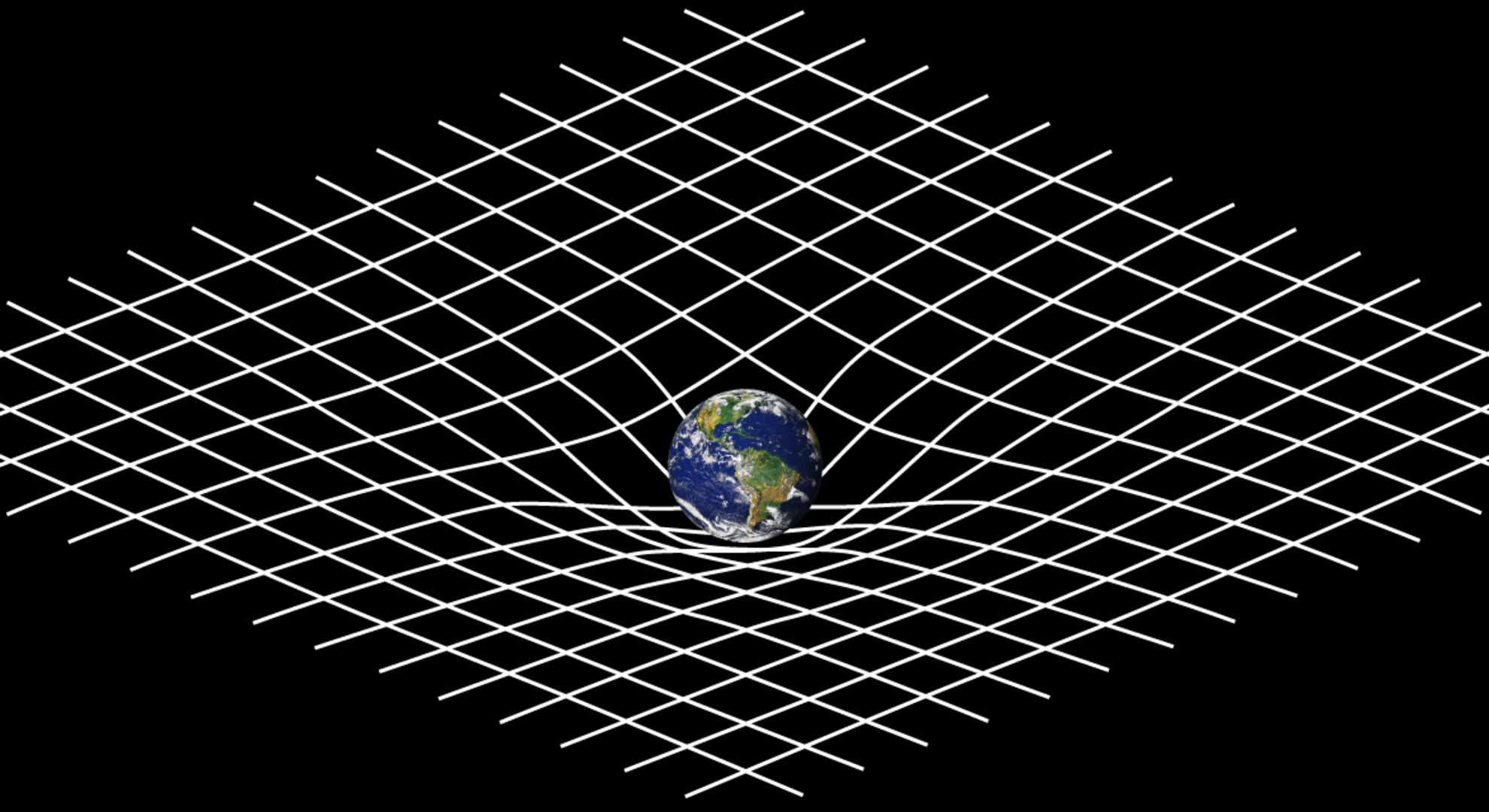 A visualization of how the earth creates a warp in spacetime, in line with general relativity theory. But where does the quantum realm fit in? (Image credit: NASA)
A visualization of how the earth creates a warp in spacetime, in line with general relativity theory. But where does the quantum realm fit in? (Image credit: NASA)A new discovery suggests gravitational fields can enable matter to become quantum entangled — and that's even if the concept of quantum gravity does not exist. The idea comes from two London-based physicists who are challenging the way we think about quantum fields and how classical gravity operates.
The search for quantum gravity is the next big step in physics, as researchers seek to unify the physics of the very small with that of the very large. Quantum mechanics explains the former while general relativity theory — which famously describes how gravity works — explains the latter. Both quantum physics and the theory of general relativity were products of the first quarter of the 20th century, but 100 years later, scientists are still none the wiser as to how the two can be unified. As it stands, the theories contradict one another.












